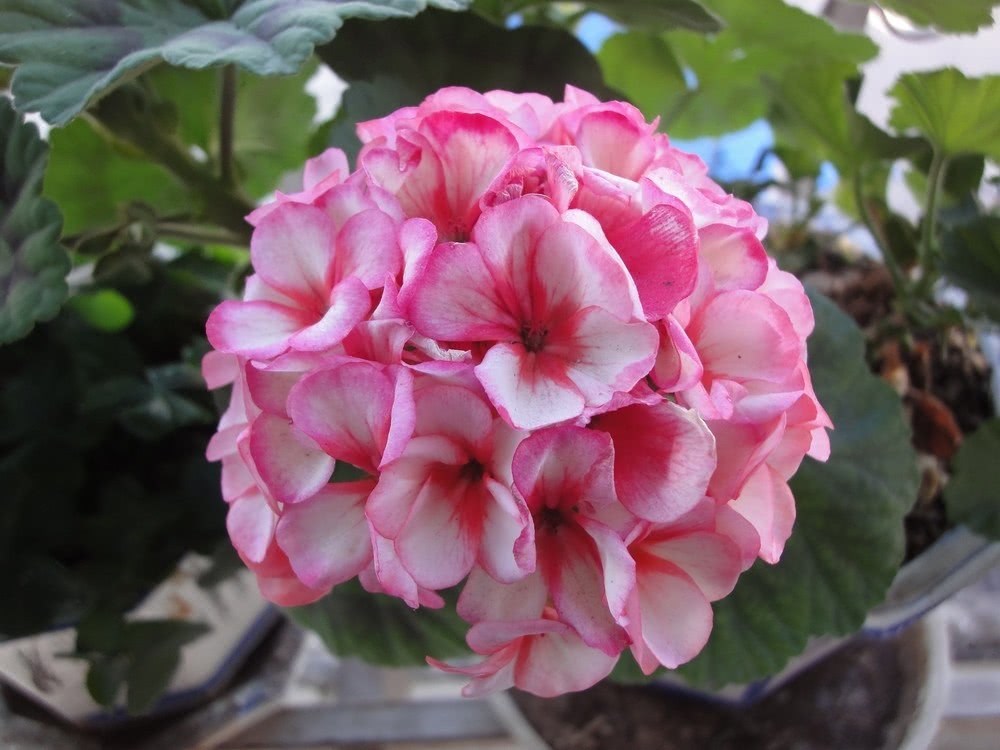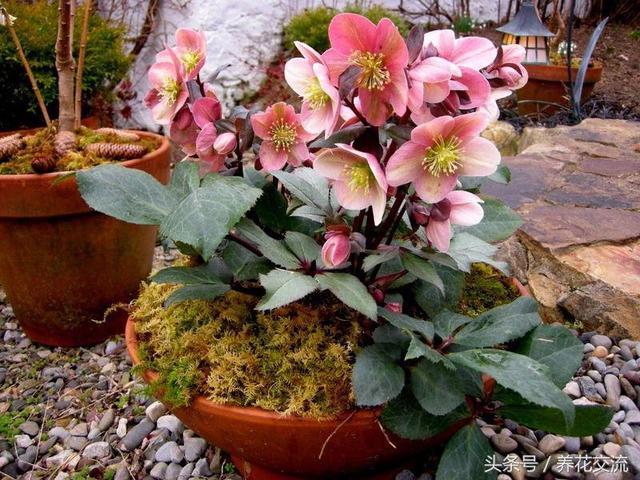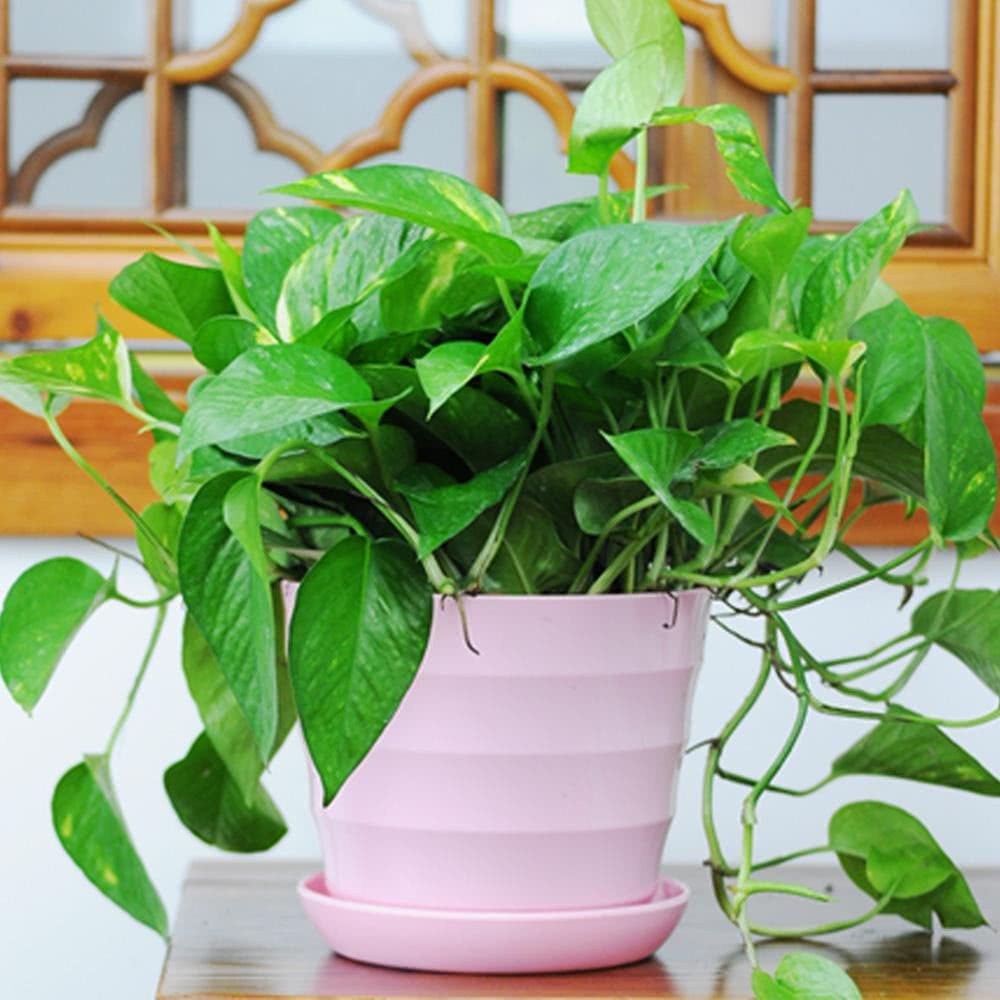Autumn flower season, three kinds of gold soil to help you

Autumn has come, and it is the peak season for flower cultivation. I wonder if the flower friends are ready to have a big fight. Are you ready for the most important flower soil for growing flowers? Only the right flower soil can raise flowers well. Today, I would like to share with you several methods of making nutritious soil without spending a penny!
1. Pine needle soil
Every time you pass through the pine forest in autumn, you will see that the ground is full of pine needles, mature pine needle soil, good air permeability and slightly acidic, which contains more organic matter, which has a certain role in insect prevention and disease prevention. It is very suitable to raise succulent, orchid, camellia and jasmine.
When we go out to play, we can collect the dark-brown pine needles under the pine trees, dig them home, expose them to the sun and break them as much as possible, and then we can mix the pine needles with the garden soil. these pine needles are naturally mature and can be used without ripening.
two。 Earthworm soil
Earthworm soil is rich in nitrogen, phosphorus and potassium and humus, and its drainage and air permeability is first-class, so it does not need fertilization to grow flowers for a whole year, and it is very convenient for flowers to grow vigorously and flourish.
The acquisition of earthworm soil is also relatively simple, after the rain on the roadside, the green belt of the community will appear some winding small mounds, this is earthworm soil, we can collect more. It is generally collected and dried at home, crushed into small particles, and then can be mixed with nutritious soil.
3. Rotten leaf soil
In fact, the fallen leaves on the streets in autumn are also very good flower fertilizer. You can pick up some to go home and use them to improve the potted soil and make it into rotten leaf soil, which is loose and breathable, and is rich in humus, which is easier to use than ordinary nutritious soil.
When collecting fallen leaves, the darker the color is, the higher the degree of corruption, the better. Cut the collected leaves into pieces, find a plastic bucket, add a layer of garden soil to cover the collected leaves layer by layer, and then cover them with cling film. Put it in the sun, generally after about two months to be able to mature completely, in which a little water is added. In general, the soil is black, and the leaves ferment when they basically rot.
- Prev

The cold-resistant sneeze root grass can blossom all the time in winter and spring in the yard.
The plant introduced below is sneeze root grass, which is generally called iron chopsticks. It is very suitable for planting cold-tolerant plants in the north. It can be planted in outdoor courtyards, and there is no need to move back to indoor maintenance in winter and spring.
- Next

Several very shade-tolerant plants are beautiful and easy to grow. It's hard to grow them.
Friends who love to raise flowers will find that more and more flowers have been placed at home, balconies and windowsills are so big, so there are not too many flowers that like light, so shade-tolerant plants are very suitable for us. The following plants...
Related
- Wuhan Hospital Iron Tree Blooming Result Was Instantly Frightened by the Gardener Master
- Which variety of camellia is the most fragrant and best? Which one do you like best?
- What is the small blue coat, the breeding methods and matters needing attention of the succulent plant
- Dormancy time and maintenance management of succulent plants during dormancy
- Minas succulent how to raise, Minas succulent plant pictures
- What are the varieties of winter succulent plants
- How to raise succulent plants in twelve rolls? let's take a look at some experience of breeding twelve rolls.
- Attention should be paid to water control for succulent plants during dormant period (winter and summer)
- Watering experience of twelve rolls of succulent plants
- Techniques for fertilizing succulent plants. An article will let you know how to fertilize succulent plants.

